
Chehel Sotun – Part 1
Mohammad2020-03-31T09:02:30+00:00Chehel Sotun
Chehel Sotun, Hasht Behesht, and Talar-e Ashraf, along with several other, less sumptuous buildings are the few survivors of the magnificent compound of Safavid palaces which used to occupy a vast area from Naqsh-e Jahan Square to Chahar Bagh Avenue. These palaces stand amid . superb parkland, which, however, has been largely diminished compared to the original garden of Jahan Nama that had been planted there by Shah Ismail Safavid. Today the original plan of the park and its pavilions, reportedly worked out by Sheikh Bahai, has been distorted by modern modifications, but what remains is still very remarkable.
Chehel Sotun garden covers an area of 67,000 sq. m. The palace 1, occupies about 2,125 sq. m and is fronted by a pool 2,measuring 110 by 16 m. By western standards, Chehel Sotun may seem a relatively small building, but its height of about 15 m and the elegance of the slender columns increase the structure’s grandeur.
Chehel Sotun was conceived by Shah Abbas the Great as a small pleasure pavilion. This now constitutes the Throne Hall 3, of the building and several flanking rooms. Some historical books mentioned that Shah Abbas I celebrated Nouruz of the year 1614 in this palace.
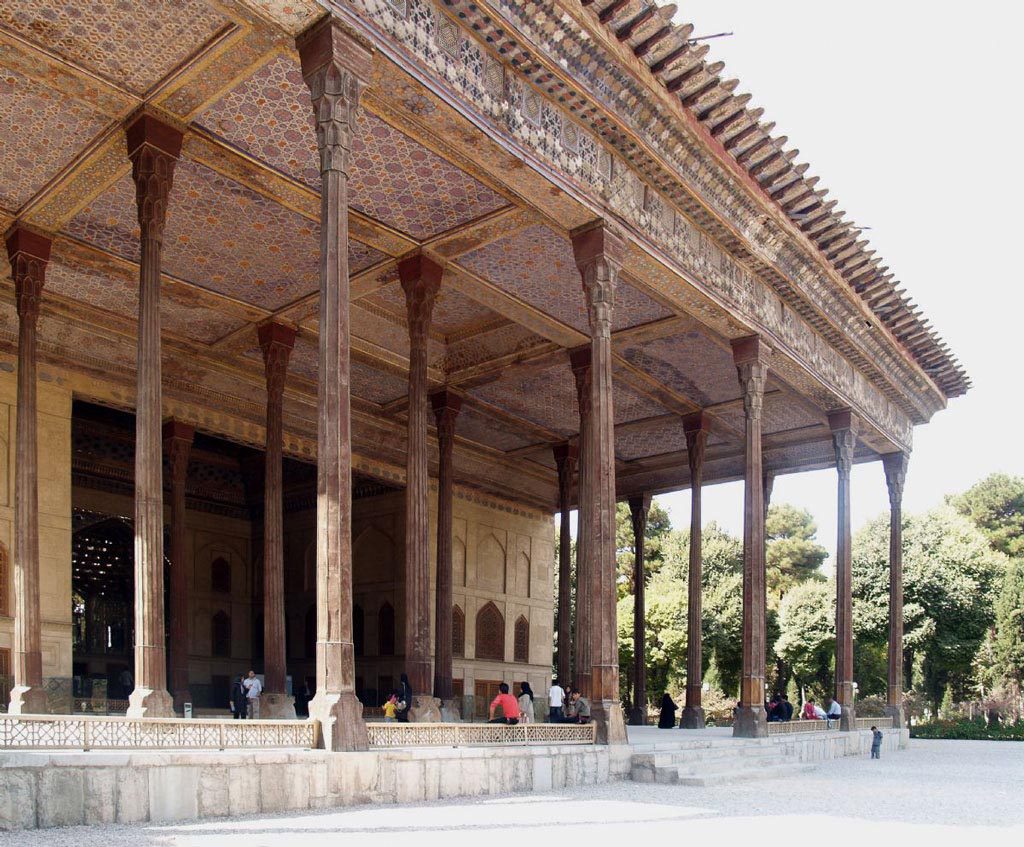
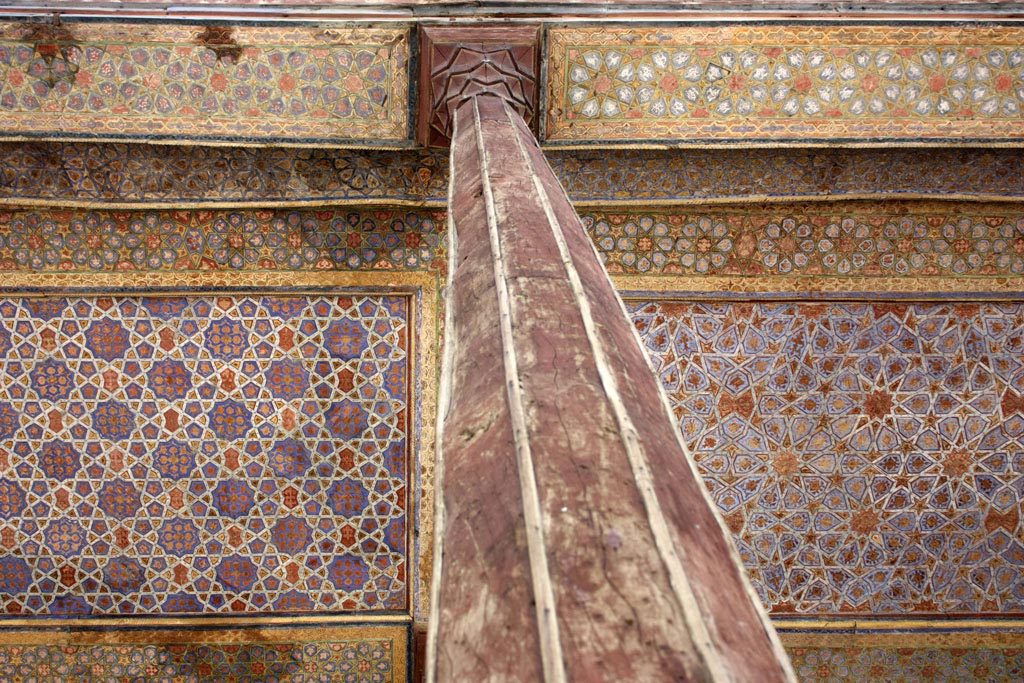
The elegant porch, superb mirror hall 4, and renowned mural paintings were added to the pavilion during the reign of Shah Abbas II. At that time, the palace was used exclusively as a place for entertaining foreign dignitaries. Two historical inscriptions in verse from the Safavid period reveal the long and turbulent history of the building. Both were uncovered from under a plaster layer during archaeological research in 1949. The first, a shorter one, is carved on a pink background.
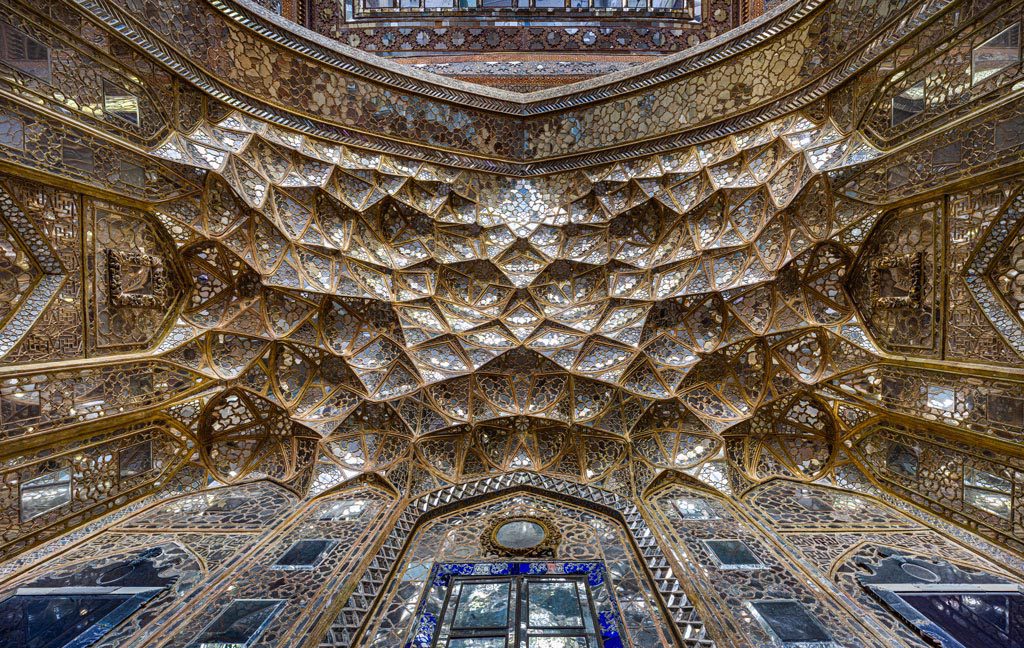
It mentions the name of Shah Abbas II and the date of the building’s completion (1647). The second, a longer one, this time in stucco letters against a blue background, describes the restoration of the palace during the reign of Shah Sultan Hossein Safavid. It is said that during a feast the building flared up, but it was still possible to extinguish the fire. However, Shah Sultan Hossein, infamous for his excessive piety, saw divine intent in this act and let most of the building burn away. preferring to restore it later.
Chehel Sotun shares many traits with Achaemenid architecture. though it seems fairly restrained compared to the excesses of its predecessors. Like the grand structures of Persepolis, it stands on an elevated platform, conforming to the ancient tradition that royal palaces have to soar above the ground. The magnificent porch of the palace also echoes a peristyle that traces its history as far back as the Achaemenid period.
The name of Chehel Sotun (“Palace of Forty Columns”) was given to the building because of the multiple pillars of its elegant porch 4, (“forty” is a common term in Iran to indicate a large but imprecise number). However. by chance the twenty columns of the porch reflected in the pool in front of the building presented a clear sight of forty columns, and many believe that this is the explanation for the name of the palace. Of the twenty pillars of the porch. two are found in the recess that leads to the Throne Halle.
Each of the slender pillars is formed of a tree trunk over which a thin layer of colored board has been fitted. In the 17th century. this veneer was covered with colored studs of glass and mirror. What we see today are the decorations that were added during the palace’s rebuilding after the fire of 1706 or during the Qajar period. Today the columns, stripped of their original glass cover, are painted red. They support a light wooden ceiling. With its exposed beams, wide fretwork louvers. and inlaid-work, this ceiling is probably the finest example of this kind in Iran.
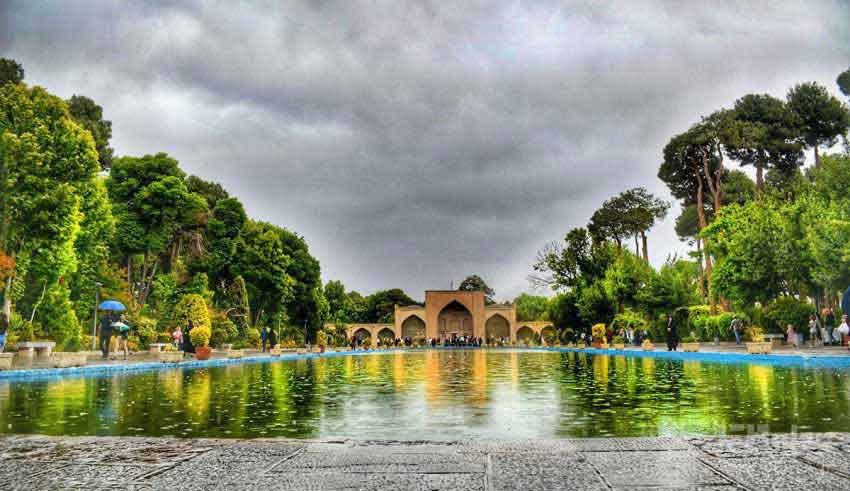
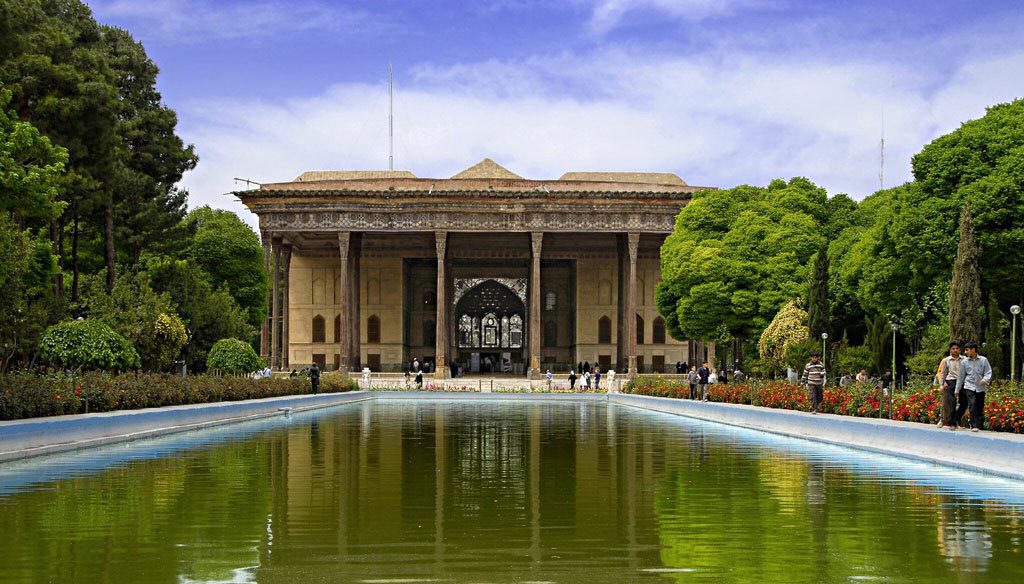

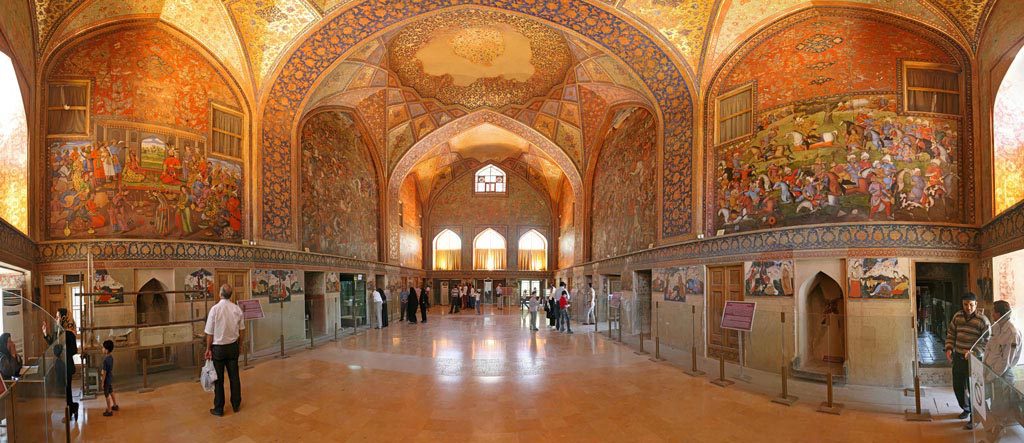
Vipemo Products
-
Firooze Koobi, Firooze Koobi, Jug
Sake Jug – Turquoise Inlaying – Size 2
5.00 out of 5€1,524.00€1,200.00Add to cartQuick View -
Candy Dish, Firooze Koobi, Nut Bowl Dish, Sugar/Candy Pot
Candy/Nuts Bowl Dish – Size 7
0 out of 5€1,500.00€1,300.00Add to cartQuick View -
Candy Dish, Firooze Koobi, Nut Bowl Dish, Sugar/Candy Pot
Candy/Nuts Bowl Dish – Size 1
€182.000 out of 5Add to cartQuick View -
-
-
-
-
-



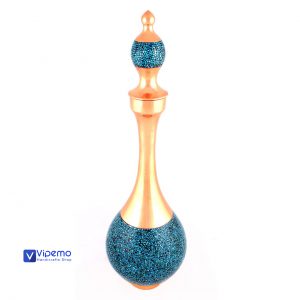

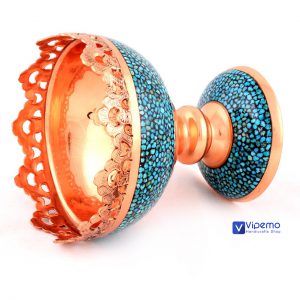

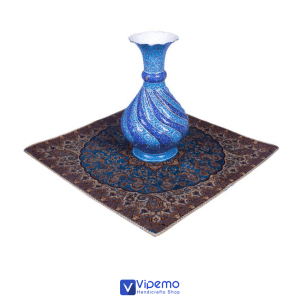
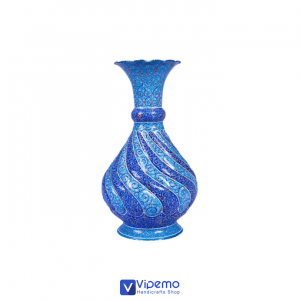
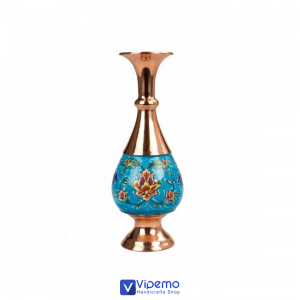
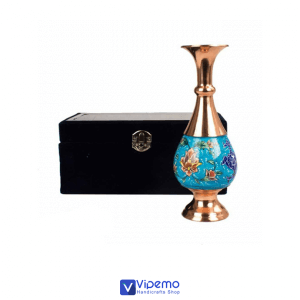






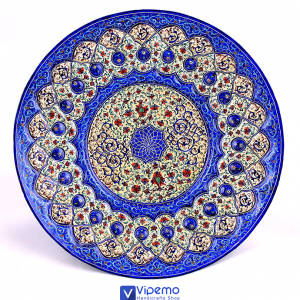
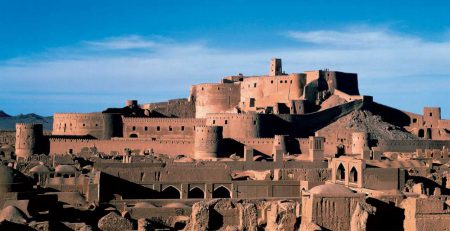
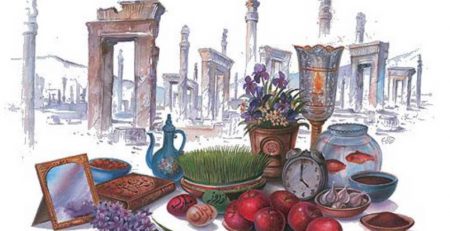
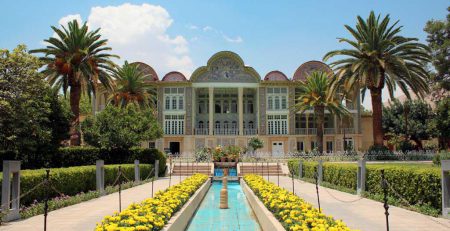

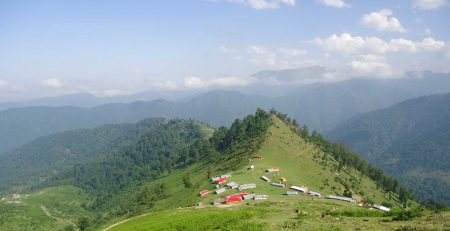
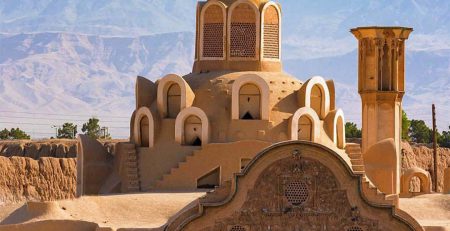
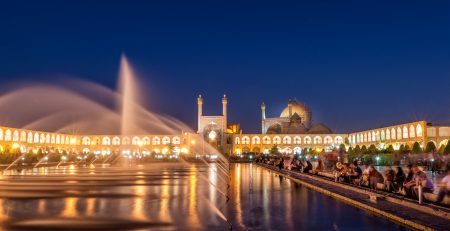
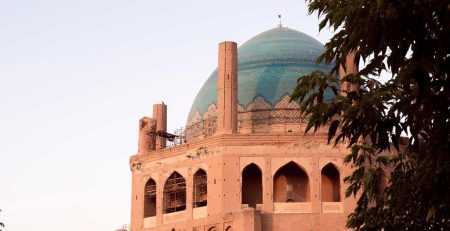
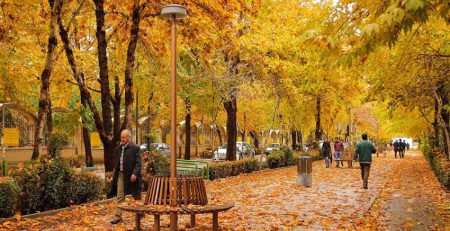
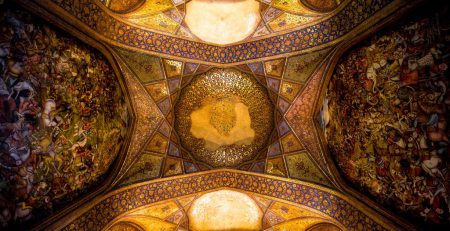
Comment (1)
Hey
Iran is considered to be a vast nation because of its total area. Its total land area is 1,648,195 km² (approx. 636,369 mi²). Continental shelf of Iran is approximately 118,693 km² (around 45,827 mi²). Iran is located in Asia. Asia is the world’s largest and most populous continent. Asian countries include, but are not limited to, Russia, China, Japan, Hong Kong, and North and South Korea.xd
Thanks